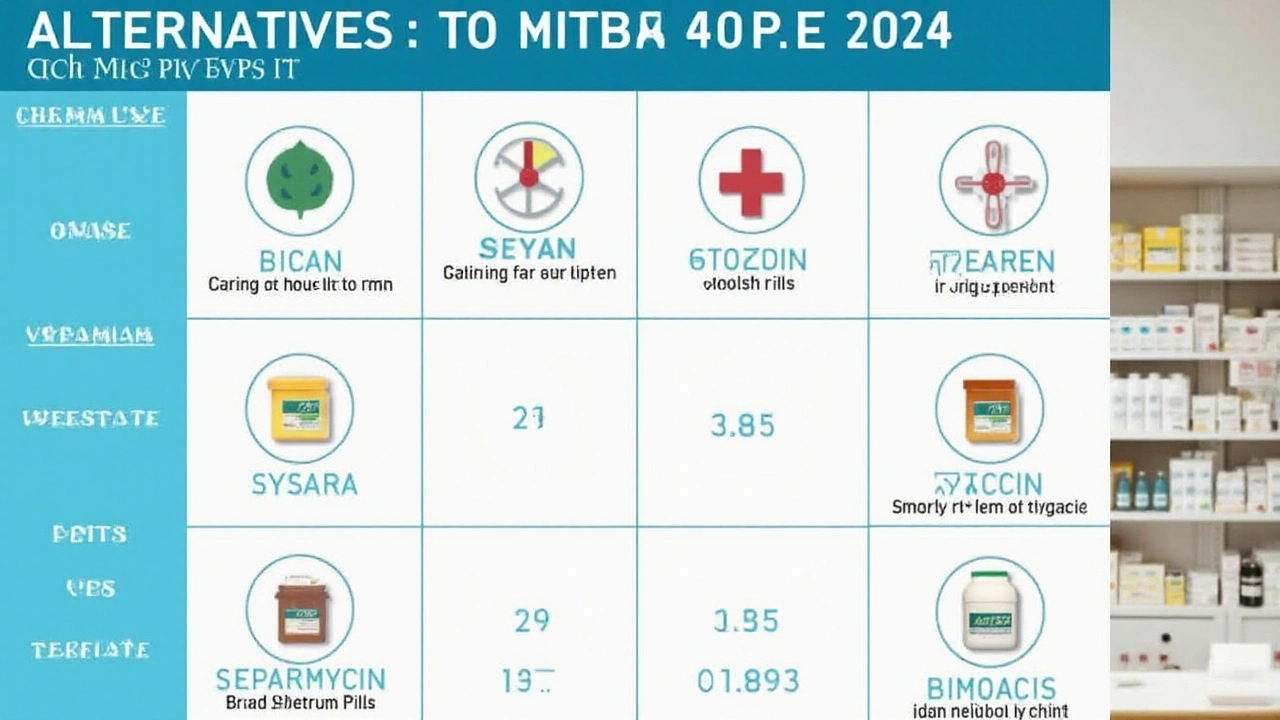Bacterial infections happen when harmful bacteria multiply in your body and cause symptoms. Some are mild—like a skin boil—while others can be serious, like pneumonia or sepsis. Knowing basic signs, when to get help, and how antibiotics really work makes a big difference.
Symptoms vary by infection site. Look for fever, redness, swelling, pain, pus from wounds, painful or frequent urination, sore throat with swollen glands, and a cough that produces colored mucus. Common bacterial infections include strep throat, urinary tract infections (UTIs), bacterial pneumonia, skin infections (cellulitis, impetigo), and some ear or sinus infections.
If you have sudden high fever, breathing trouble, severe confusion, fainting, or very fast heart rate, treat it like an emergency—get medical help now. For milder symptoms, your primary care provider can usually decide if testing or antibiotics are needed.
Antibiotics kill bacteria or stop them from multiplying. They don’t work on viruses (so they won’t help with most colds or the flu). Your doctor chooses an antibiotic based on the likely bacteria and the infection site. Sometimes a urine test, throat swab, or blood test guides the choice.
Take antibiotics exactly as prescribed. Finish the full course, even if you feel better early. Stopping soon can leave resistant bacteria behind. Don’t use leftover antibiotics or someone else’s prescription. If side effects occur—severe diarrhea, rash, trouble breathing—call your provider or emergency services.
Antibiotic resistance is real: overuse and misuse let bacteria survive and become harder to treat. Ask questions: Do I need antibiotics now? Is watchful waiting safe? Is there a narrow-spectrum option that targets fewer bacteria?
Preventing infections is often simpler than treating them. Wash hands with soap and water for 20 seconds, especially before eating and after using the bathroom. Keep wounds clean and covered until healed. Stay up to date on vaccines that prevent bacterial disease—like pneumococcal and meningococcal vaccines when recommended. For UTIs, drink water, urinate after sex, and consider simple lifestyle tweaks rather than immediate antibiotics for mild recurrent symptoms.
In healthcare or wound care settings, follow instructions about dressing changes and signs of worsening. For household spread, avoid sharing personal items like razors or towels, and clean high-touch surfaces when someone is sick.
Questions? Reach out to your doctor or pharmacist when symptoms start. Quick action, sensible antibiotic use, and basic hygiene cut most risks and help you stay healthy.

Explore five alternatives to Vibramycin in 2024, offering diverse options for treating various bacterial infections. From acne-specific treatments like Seysara to more broad-spectrum options like Minocin and Tygacil, find what suits your medical needs best. Each alternative has unique advantages and disadvantages worth considering for personalized treatment plans. This guide offers a detailed comparison of the options available today.